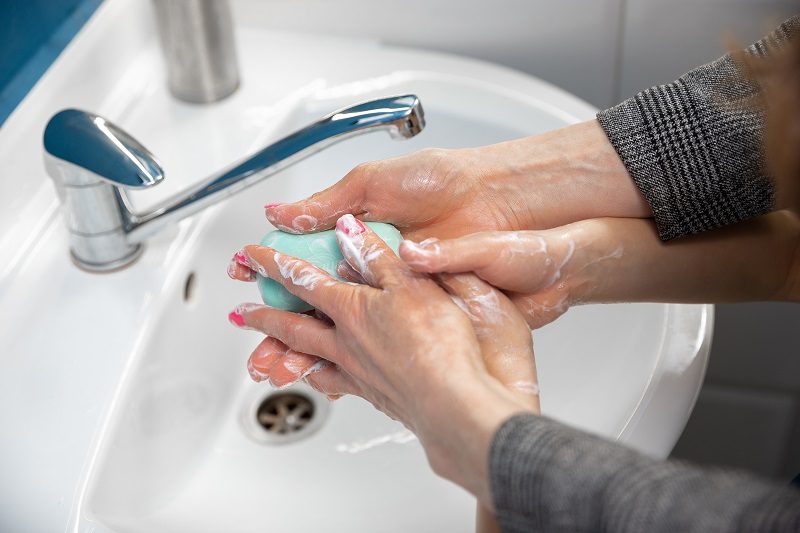Improvement of Sanitation Services in India

When you look back to the history of India, the country was extremely lacking in sanitation services. People were practicing unhygienic practices and habits due to a lack of awareness of proper sanitation maintenance. Households, especially in rural areas, were not maintaining basic sanitation solutions. All these things turned out to be major hygienic issues, and people started suffering from life-threatening diseases. This has also shown a bad impact on the environment.
Overview of Statistical Report Of Sanitation In India
Since the 1980s, a drastic change has been noticed in water and sanitation in India. Despite many challenges, the improvement in insanitation has been noticeable. People in India are now using basic sanitation services. According to the World Bank collection in 2020, about 71.27 % of the population in India are utilizing sanitation services.
In the year 1980, rural sanitation was estimated at 1 %. The percentage reached 95 % in 2018. The number of Indians with improved sources of access to water has highly increased from 72 % in 1990 to 88% in 2008.
But still, today, many people lack access to proper sewage infrastructure. According to the 2018 estimate, two Indian cities have a continuous water supply. Around 8 % of Indians still lack good sanitation facilities. The governments are on the verge of implementing many sanitation services and solutions to acquire more improvement and face the challenges.
Indian Government Programs for Sanitation Services
Swachh Aadat, Swachh Bharat is the ongoing program of the Government of India Swachh Bharat Abhiyan. The program’s goal is to promote hygiene practices, sanitation solutions, and good health. In 2019, the program was promoted all over the country.
The program has led people to adopt three major hygiene habits ‘Swachh Aadat’ – washing hands at least five times daily. Using the toilet for defecation, and adopting safe drinking water habits. SASB, Swachhata Doot, which is part of this program, includes a volunteering program that assists the citizens to become volunteers in their community to promote hygiene practices.
As a part of this program, above 4,000 employees of 25 factories in India have undertaken a volunteering role as agents of Swachhata Doot. These volunteers educate people in different states to practice better WASH (Water, Sanitation & Hygiene) habits. All these implementations have reached about 21 million people in India.
Sanitation Issues Solved With Decentralized Solutions
Fecal sludge and septage management (FSSM) are also important aspects of improved sanitation. The water and sanitation practices adopted nationwide included safe containment, emptying, transportation, and septage to a treatment plant. Let’s discuss it in detail:-
-
Onsite Sanitation System
This practice was promoted to reach citizens all over India. The practice was followed by residences, industrial sectors, organizations, and government sectors. Only one-third of the toilets were connected to a sewerage system. The alternate method was to safely contain domestic liquid waste or sewages to underground containment systems, for example, safety tanks. This has become an efficient sanitation solution for the country. Now you can easily find septic tanks in every household, even in rural areas.
-
Emptying
The emptying method is another sanitation step. The safe containment and the septic tanks are emptied on an estimated date periodically. This has controlled the spread and overflow of sewage. The proper drainage system was installed to lead the sewage into the containment systems; with its help, the wastes were removed at least two to three times a year. The desludging truck collected the waste from the septic tanks.
-
Transportation and Treatment
Trucks transport the sludge and sewages to the fecal sludge treatment plant. The wastes need to be transferred to the right place other than dumping them elsewhere. The fecal sludge treatment plant was the right for treating the wastes.
- Re-usage
The wastes are treated in plants for reuse. For the completion of the biological process, the by-products, which include water and bio-solids, are treated to produce manure for agriculture purposes.
The entire steps of containment to the final treatment of fecal sludge and septage have become one of the country’s best practices for sanitation services. Besides this, many sanitation programs, projects, and other initiatives are undergoing to maximize the solutions. Advanced technology is also implemented for better and enhanced sanitation in the country.




